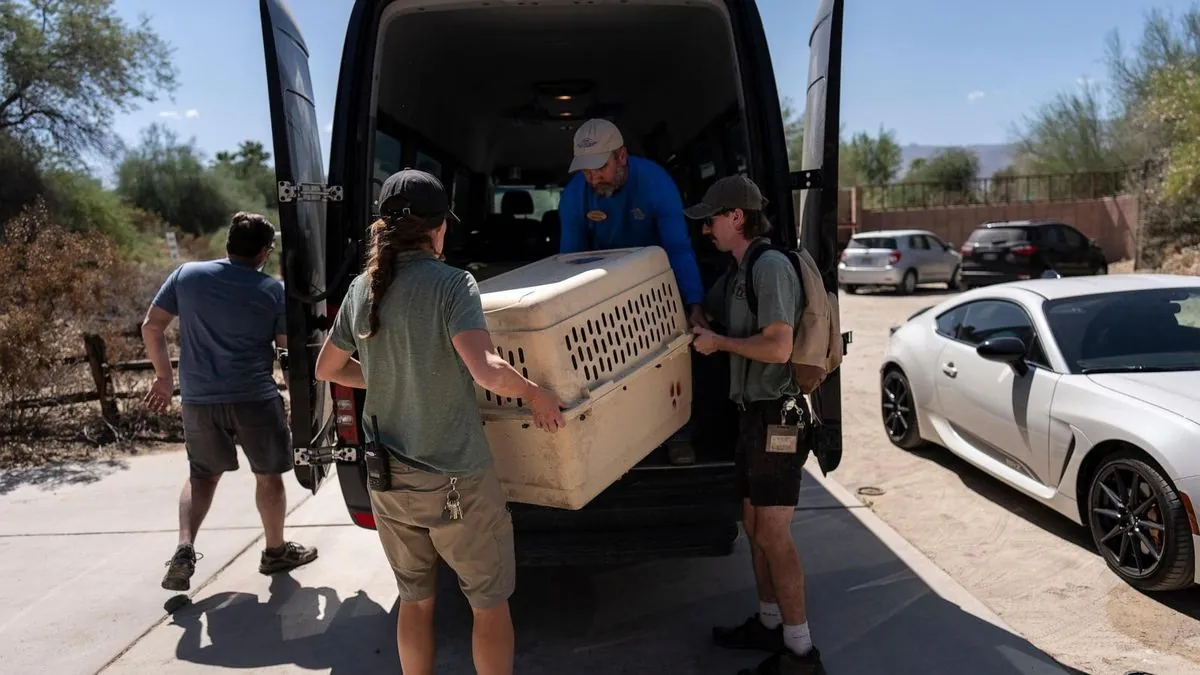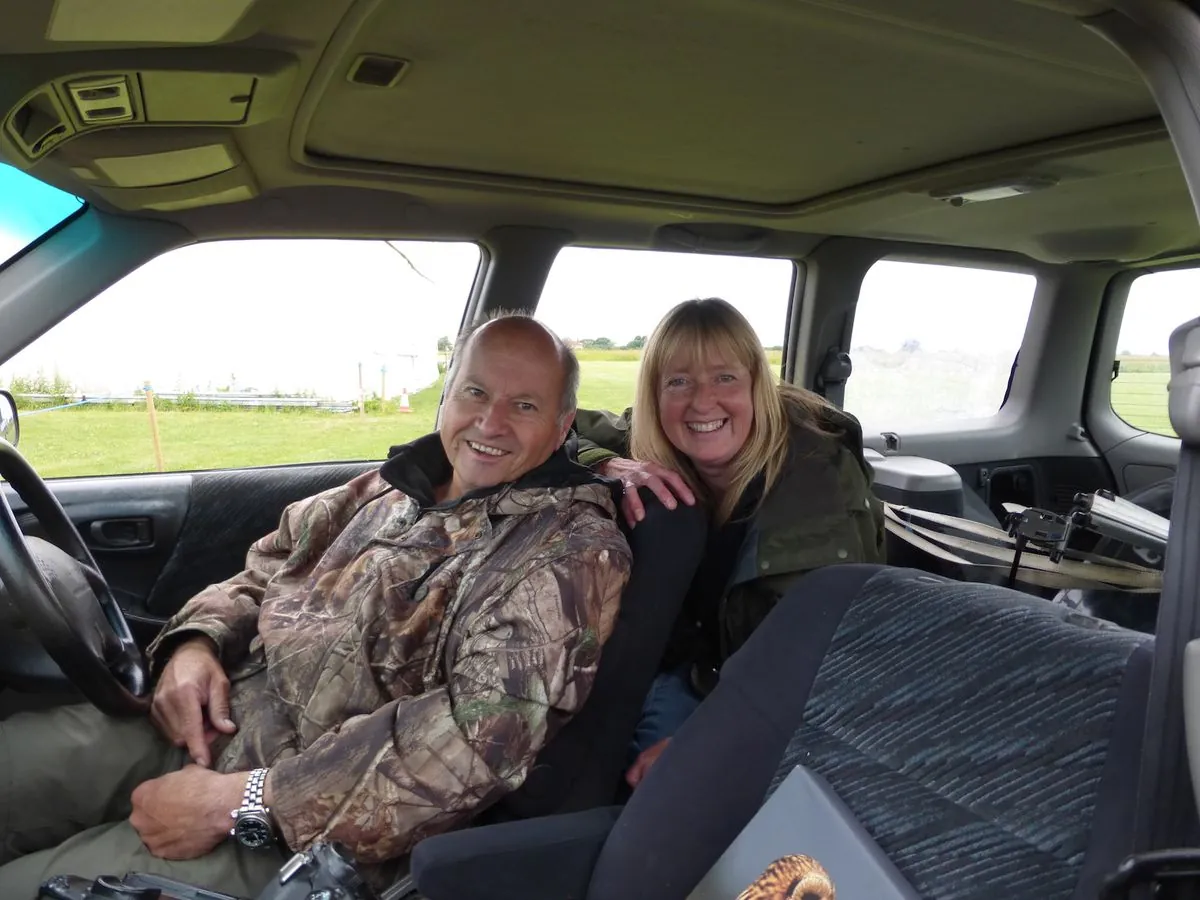Barn Owl's Adventure: Big Bear Zoo Animals Evacuated from Wildfire
Animals from Big Bear Alpine Zoo were evacuated due to a wildfire, with Cowboy the barn owl enjoying the journey. The evacuation highlighted challenges in transporting special needs animals and zoo preparedness.

In September 2024, a significant wildfire event prompted the evacuation of animals from the Big Bear Alpine Zoo in California. The Line Fire, which consumed over 60 square miles of the San Bernardino National Forest, necessitated swift action to protect the zoo's inhabitants.
Among the evacuees was Cowboy, a barn owl who unexpectedly relished the experience. Mike Barnes, Director of Animal Care and Health at the Living Desert Zoo and Garden, noted, "He just had the greatest time. They said he was probably going to be a handful on the ride down and he was the biggest sweetheart."

The Big Bear Alpine Zoo, situated in the San Bernardino Mountains, is not a typical zoological facility. It serves as a sanctuary for rehabilitated animals unable to return to the wild, many of which are elderly or have special needs. This unique population presented distinct challenges during the evacuation process.
"They just had this little kind of holiday, if you will, down here in the desert."
The evacuation operation was a testament to inter-zoo cooperation and emergency preparedness. Within 48 hours, two-thirds of the zoo's animals were safely relocated to the Living Desert Zoo and Gardens in Palm Springs. This facility, known for its focus on desert ecosystems, was well-equipped to handle the influx of temporary residents.
Some animals, including bears, bobcats, mountain lions, snow leopards, and wolves, remained at Big Bear. These creatures were moved to indoor enclosures equipped with HVAC systems and air-scrubbers to protect them from the hazardous air quality caused by the wildfire.
The evacuation process highlighted the importance of specialized care for animals with unique needs. For instance, an eagle with DDT-induced partial blindness required careful consideration of its enclosure setup. Similarly, a three-legged kit fox needed special accommodations to ensure its comfort and safety during transport.
Jessica Whiton, Big Bear zoo curator, shared an amusing anecdote about transporting two foxes: "We had them positioned so they could see out the window, and they curled up and watched the drive down the mountain." This experience underscores the adaptability of these animals, even in stressful situations.
The Living Desert's preparedness for such emergencies was evident in their ability to quickly accommodate the evacuated animals. Regular drills and partnerships with government agencies for wildlife rehabilitation contributed to their readiness.
A week later, on September 19, 2024, the animals began their journey back to their mountain home. The return trip, starting at 6 a.m., involved carefully loading various birds, including cranes, hawks, and Cowboy the barn owl, for the two-hour drive back to Big Bear.
This evacuation event serves as a reminder of the increasing frequency and intensity of wildfires in California due to climate change. It also highlights the crucial role that animal sanctuaries and zoos play in wildlife conservation and the importance of emergency preparedness in ensuring the safety of these special animals.


































